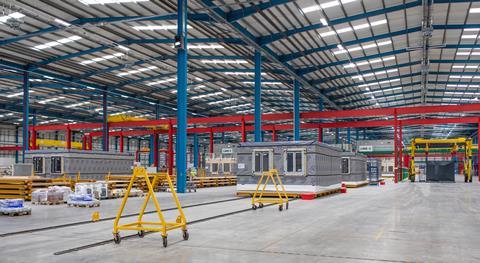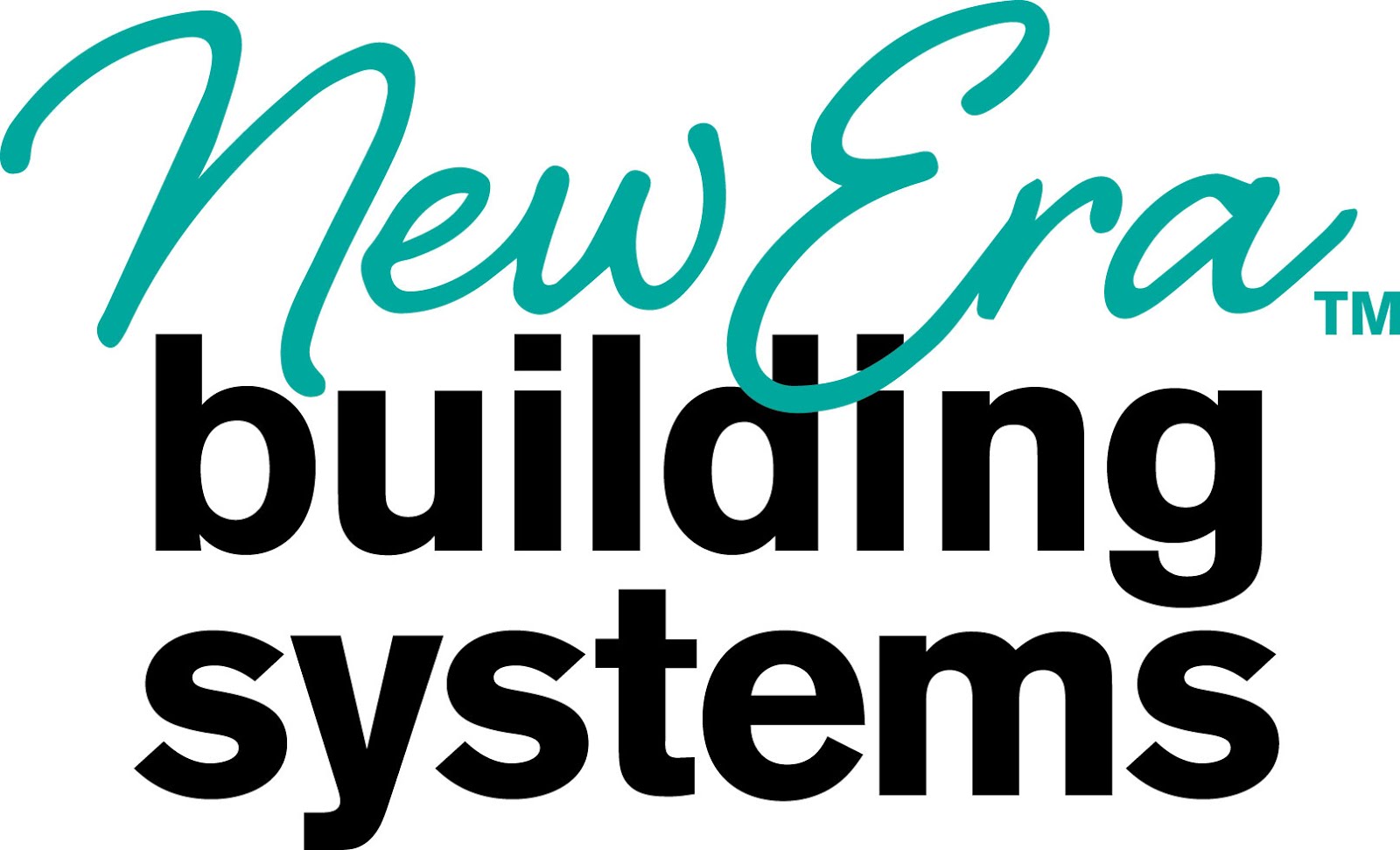In recent years, modular housing was heralded as a revolutionary solution to the UK’s housing crisis, promising rapid construction and cost efficiency. However, the collapse of several prominent modular housing manufacturers, particularly in Yorkshire, has cast doubt on this once-promising sector.

The Rise and Fall of Modular Housing in Yorkshire
Yorkshire, England emerged as a hub for modular housing innovation, with companies like Ilke Homes and Legal & General (L&G) Modular Homes leading the charge. Ilke Homes, established in 2017, aimed to produce factory-built homes to address housing shortages. Despite significant investments—including $38 million (£30 million) from Homes England in both 2019 and 2021—Ilke Homes entered administration in June 2023, resulting in over 1,100 job losses and debts exceeding $406 million (£320 million).
Similarly, L&G Modular Homes launched in 2015 with ambitions to manufacture 3,500 prefabricated homes annually. The company faced prolonged planning delays and other challenges, leading to cumulative losses of $354 million (£279 million) by the end of 2023. Production was halted in May 2023, and the business is in the process of being wound down.
Challenges Confronting the Modular Housing Industry
Several factors contributed to the downfall of these modular housing ventures:
High Initial Investments: Establishing large-scale manufacturing facilities required substantial upfront capital. For instance, Ilke Homes’ factory in Knaresborough, Yorkshire, opened in 2018 but ceased operations in 2023 due to financial strains. Wikipedia
Planning Delays: Companies like L&G Modular Homes cited lengthy planning processes as significant obstacles, preventing timely project execution and revenue generation. The Times
Economic Volatility: Factors such as the COVID-19 pandemic, rising inflation, and geopolitical tensions disrupted supply chains and increased costs, impacting profitability.
Market Acceptance: The construction industry has traditionally been slow to adopt new methods. The innovative nature of modular housing faced skepticism, affecting demand and investment.
Government Involvement and Lessons Learned
The UK government, through agencies like Homes England, invested heavily in modular housing as part of its strategy to alleviate housing shortages. However, the lack of a coherent strategy and measurable objectives led to significant financial losses. The House of Lords Built Environment Committee emphasized the need for a more structured approach to support the sector effectively.
CLICK HERE to read the entire insidermedia article
Modcoach Note
Despite these setbacks, modular housing retains potential. Innovations in automation and robotics, such as those by Automated Architecture (AUAR), aim to revolutionize construction by using robots to build homes, potentially reducing costs and increasing efficiency.
For modular housing to succeed, a collaborative effort is required among industry stakeholders, government bodies, and local authorities to streamline planning processes, provide financial support, and foster innovation. Learning from past failures, the sector can adapt and evolve to meet the UK’s housing needs.
In conclusion, while the initial promise of modular housing in Yorkshire faced significant challenges, the lessons learned pave the way for a more resilient and innovative approach to modern construction methods.
Gary Fleisher, The Modcoach, writes about the modular and offsite construction industry at Modular Home Source.
.
CLICK HERE to read the latest edition
Contact Gary Fleisher












